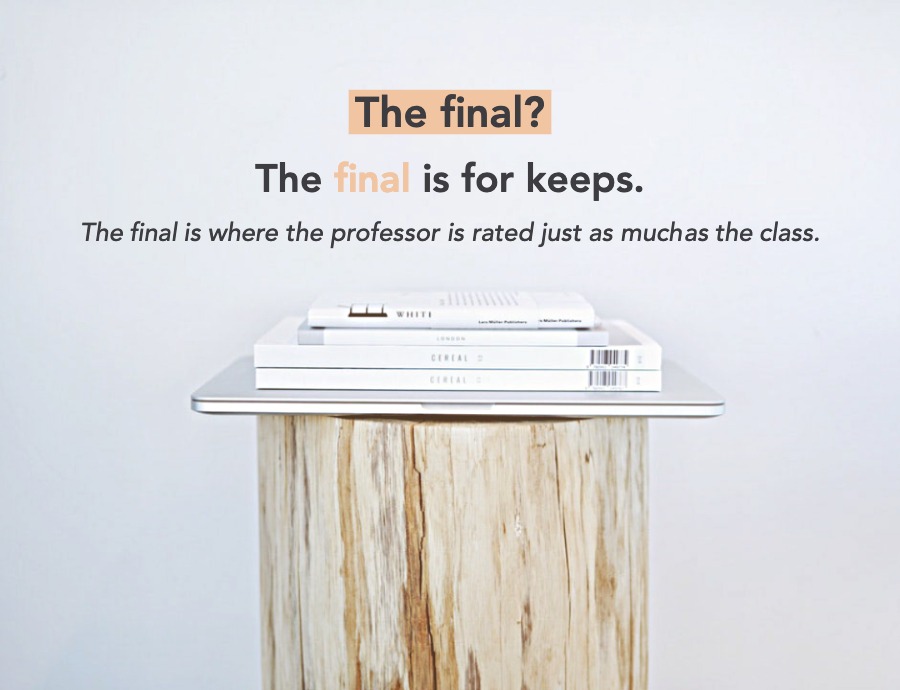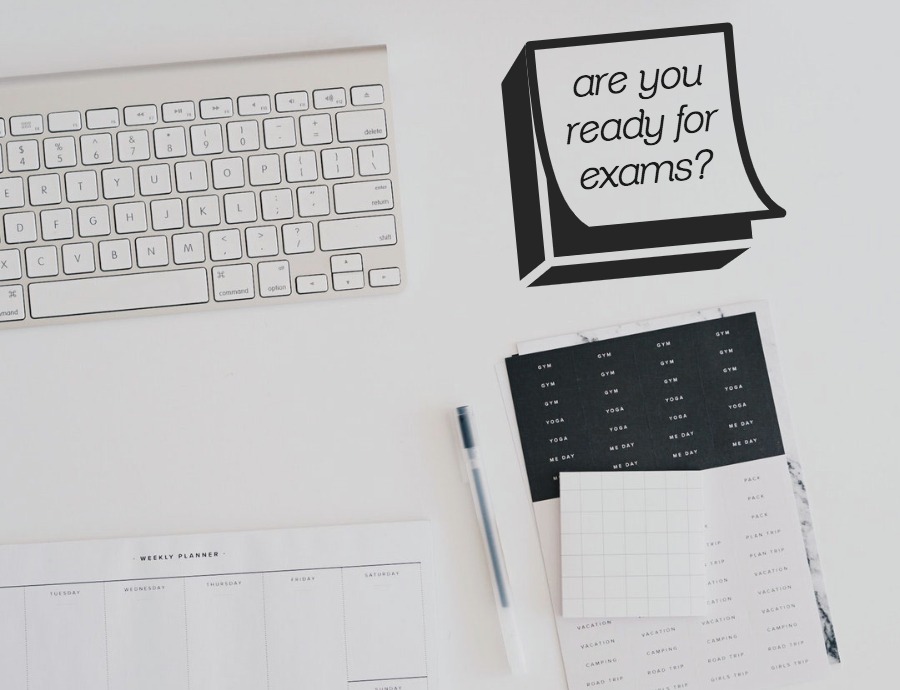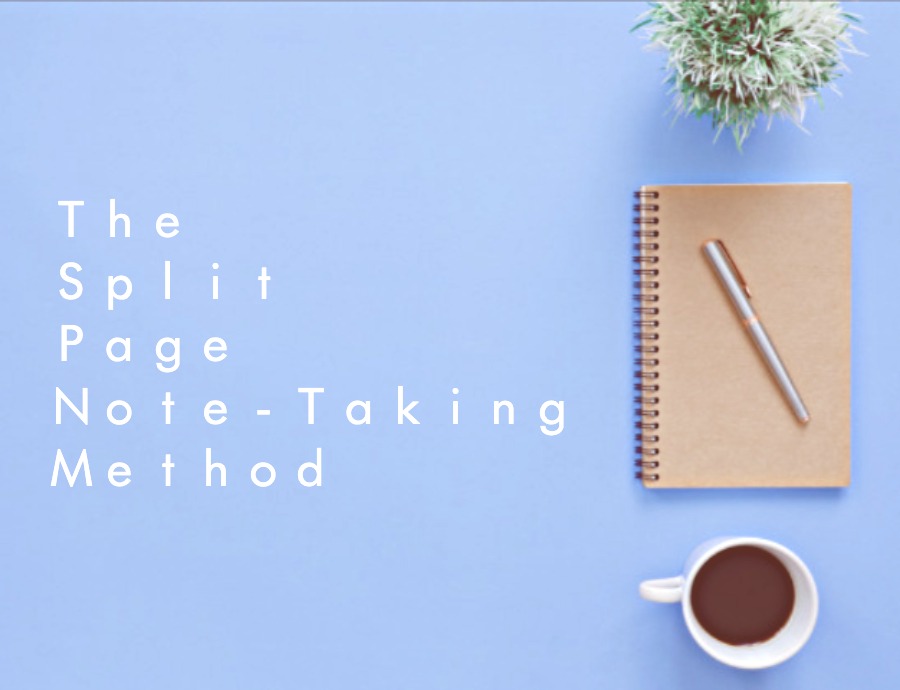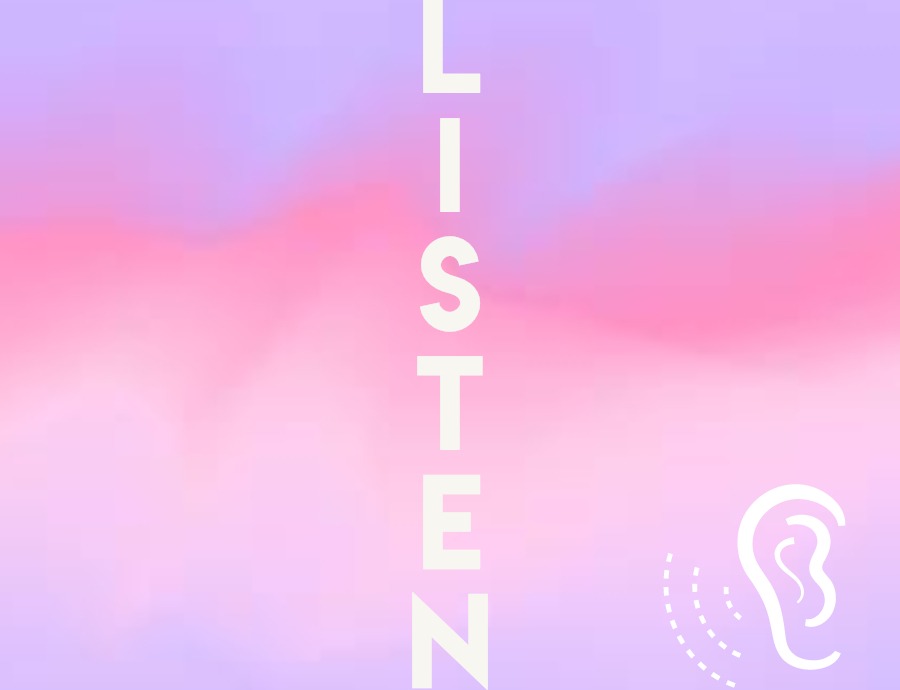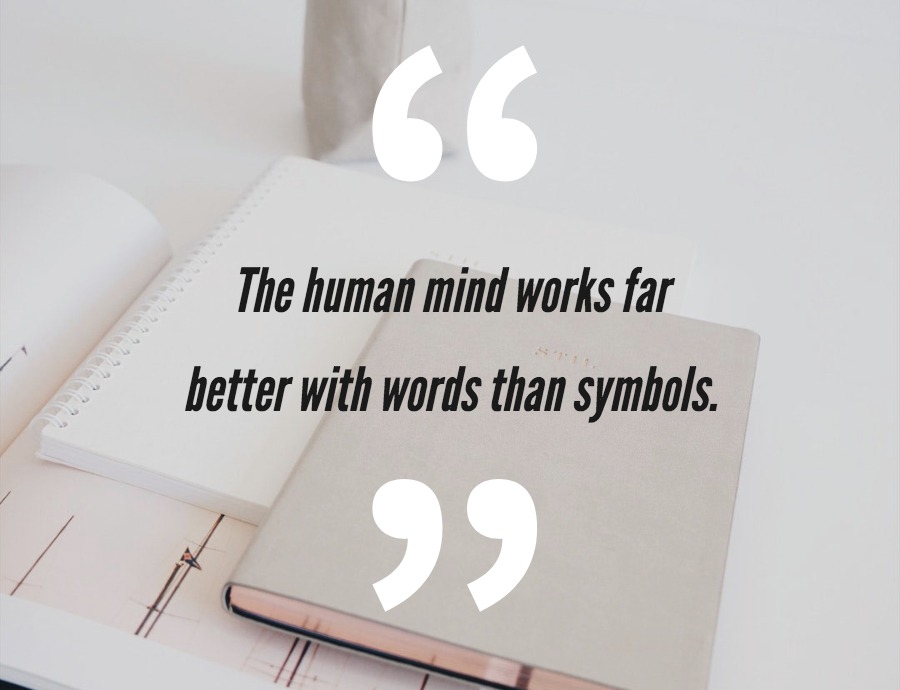You need to learn the information contained in your notes, memorize definitions, formulae and facts, and the best way to do this is to take the long view: you need to assimilate it all into your body of knowledge. Imagine that you’re going to need the information for the rest of your life. That means that you need to start the work well before the test.
Once you’ve prepared your notes for learning and memorization (once you’ve understood the concepts, written them in your own words, organized them and re-organized them, read them before going to sleep to prime your brain to understand them), you can start to commit them to memory. One way to do this is to use mnemonics, memory devices, and to get silly. Remember that you’re being judged based on how much you can commit to memory; you’re not being tested on how the information got there.
Here are some tips that can help you remember.
If you want to study well, then study smart. Make sure that you have a strategy. Play around with different techniques, and find which ones work for you. It’s also important to ask for help when you need it. Check out Prep101 as an important student resource.
Once you’ve prepared your notes for learning and memorization (once you’ve understood the concepts, written them in your own words, organized them and re-organized them, read them before going to sleep to prime your brain to understand them), you can start to commit them to memory. One way to do this is to use mnemonics, memory devices, and to get silly. Remember that you’re being judged based on how much you can commit to memory; you’re not being tested on how the information got there.
Here are some tips that can help you remember.
- Create a memory palace. Create a room in your mind where you assign information. The easiest way to do this is to picture and recreate a location that you know well, such as a childhood bedroom, a library where you spend lots of time, etc. Next, close your eyes and populate it with very specific images, furniture, columns, posts, rugs, etc. Then you should plan a route so that you “walk through” your memory palace the same way each time. Finally, place one piece of information at each location along your route. Practice walking through your palace and retrieving your information. Finally, on your test or exam, simply close your eyes and walk through your memory palace to get the information back again.
- Chunk the information. People remember information at a higher rate and more accurately if that information is broken into pieces, or “chunked.” (For example, consider the number 4169671111. It would be difficult to remember. However, if you chunk the number into the phone number structure of 416-967-1111, you’ll remember it much more easily.) To chunk information, break your course material into major concepts, and write short paragraphs about those concepts. Then, on a notecard or sheet of paper, group your terms into those concepts. Practice by quizzing yourself on the concepts, and remembering the related terms and definitions as you go. Remember that you should study actively by writing the definitions out as you go.
- Create acronyms, either real words or nonsense words. Play around with the first letters in the words or concepts that you’re trying to remember, and see if you can create words that are easier to remember. Some students create nonsense words. For example, many students remember ROY G BIV for the colours of the rainbow (red, orange, yellow, green, blue, indigo, and violet). Some students find real words such as HOMES for great lakes Huron, Ontario, Michigan, Erie and Superior.
- Try creating acrostics. Play around with the word or concept that you’re trying to remember, and try to write a sentence with each of the letters. For example, many students remember EGBDF, the notes on the lines of the treble clef, using the sentence Every Good Boy Deserves Fudge.
- Try linking. You can also try to link a word to another concept to make it easier to remember (e.g. trees act like lungs, so link trees to lungs). This technique works best if the concepts are visual, and you create a visual image.
- Make stories to link information. Try breaking the information down and creating a story. For example, to memorize a chemical formula, try naming the molecules with human names beginning with the same letter (Hydrogen = Helen and Oxygen = Oscar, for example) and make up a story in which the actions of the characters mirror the formula. (For example, Helen hugs two boys named Oscar.) This can help bring the information to life.
- Create a memory tree. Try organizing the information into a tree. Place “labels” on each branch and leaf, and try to make sure that the organization of the information is logical and meaningful to you. When you need to access the information on the test, simply picture your tree.
- Remember that repeated exposure is the most important strategy. Whichever technique or techniques that you choose to try, remember that you need to work with the definitions early, and often. Remember also that reading the definitions and working with them before you go to bed will help you to recall.
If you want to study well, then study smart. Make sure that you have a strategy. Play around with different techniques, and find which ones work for you. It’s also important to ask for help when you need it. Check out Prep101 as an important student resource.


